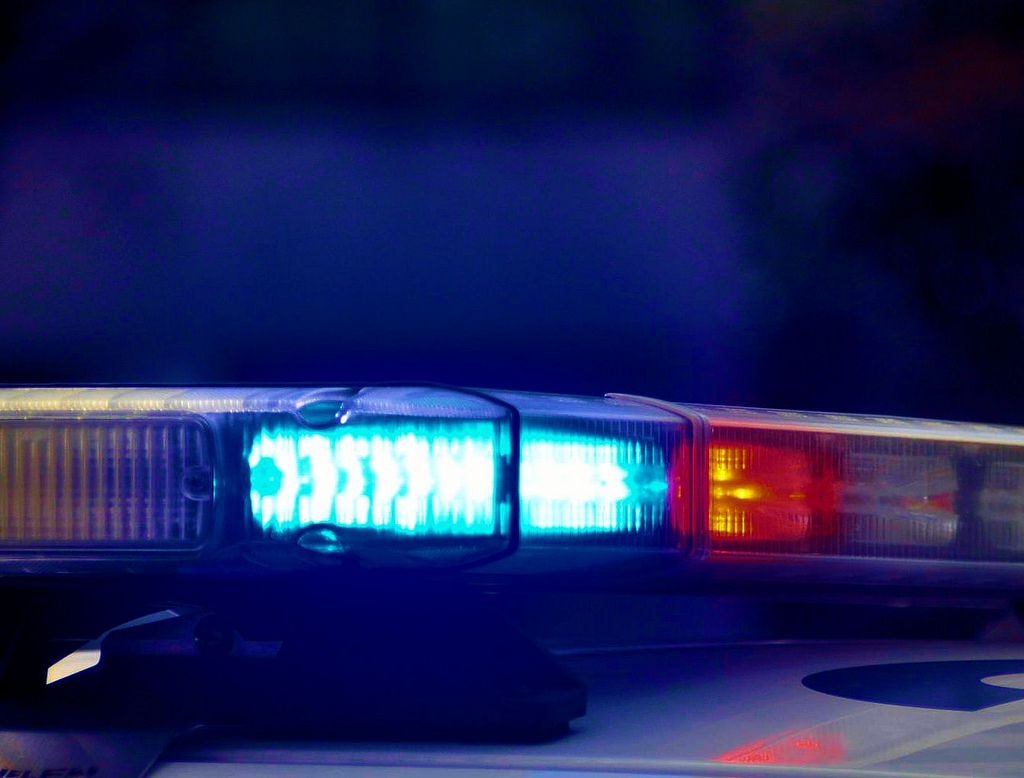Update 2/6/20 8:34 p.m.:
Rainfall across the southern part of West Virginia has led to multiple road closures, and at least one community in Raleigh County has been evacuated.
According to a press release from the West Virginia Division of Homeland Security and Emergency Management, McDowell and Raleigh counties are reporting the most serious impact from Thursday’s rainfall.
McDowell County has declared a State of Emergency and water continues to rise in the War and Coalwood areas. An Emergency Operations Center has been established in Welch to coordinate rescue efforts and aid to residents. The West Virginia National Guard has dispatched two high water vehicles to McDowell County and maintains coordination with DHSEM for any resource requests. Swift Water Rescue Teams are on standby for quick deployment.
In Raleigh County, Violet Street in Beaver was evacuated due to high water and runoff in roads and around homes. The access road to the Raleigh Center in Daniels washed out and residents are sheltering in place. The Center can be accessed by foot and a contractor is creating another access road.
Fayette and Greenbrier counties report localized flooding and some roads impassable due to high water. Monroe, Summers and Wyoming counties report nuisance flooding but require no assistance.
The Department of Transportation reports many roads in the southern counties remain closed due to high water or mudslides.
According to the National Weather Service, flooding will continue along creeks and streams in southern West Virginia. There will be some flooding along the Tug Fork and Bluestone Rivers, and notable rises along Guyandotte and New Rivers. Most rivers are predicted to crest tonight into Friday. Rain will begin changing to snow across the state overnight and may impact the morning commute, especially in the mountainous areas and northern counties. There is a slight chance for higher snowfall with this system. Please continue to monitor weather updates for your area.
Governor Jim Justice has directed the state Emergency Operations Center to remain at partial activation status, which means emergency responders are monitoring flooded areas and coordinating response efforts across multiple state agencies and local jurisdictions.
Updated 2/06/20 4:25 p.m.
Heavy rain is leading to high waters across the southern region of the state, and several side roads have become impassable. McDowell emergency management leaders issued a local state of emergency this morning. Officials say the Red Cross is on site at the local emergency operations center in Welch, and the West Virginia National Guard is sending a heavy duty vehicle to assist.
The department of natural resources has also dispatched a swift water boat to Welch to work alongside the Sherriff’s office in case the high waters get worse and people need to be evacuated from their homes.
The Department of Transportation says eastbound traffic at the Interstate 64 bridge over the Kanawha River near Nitro was rerouted Thursday as crews assessed the damage to a failed expansion joint and made plans for repairs. The eastbound side of the bridge will be closed until at least Friday morning.
Original Story:
McDowell County leaders issued a local state of emergency Thursday morning, freeing up state resources for local emergency management officials to use as they address flooding.
On Thursday morning, spokeswoman Lora Lipscomb for the Division of Homeland Security and Emergency Management said a couple state officials were on the way to McDowell County to help facilitate local responses. Should McDowell County request it, the West Virginia National Guard will also send assistance.
As of 11 a.m. Lipscomb said she was not aware of any other counties issuing their own state of emergency. The National Weather Service issued a flash flood warning for McDowell, Mingo and Wyoming counties on Thursday.
The NWS issues flood warnings for areas where hazardous weather conditions are active or imminent. The agency also issued a flood watch, meaning conditions are possible, for Boone, Clay, Fayette, Greenbrier, Kanawha, Logan, Mercer, Monroe, Nicholas and Raleigh counties.
Schools in Clay, Greenbrier, Hampshire, McDowell, Mercer, Monroe, Raleigh, Summers and Wyoming announced early closures as of Thursday morning at 11 a.m., according to the West Virginia Department of Education’s website.
Gov. Jim Justice called on the state to partially activate its State Emergency Operations Center on Thursday. That includes the West Virginia Division of Highways, the West Virginia Intelligence Fusion Center, the West Virginia National Guard, the Red Cross and the National Weather Service.
Emily Allen is a Report for America corps member.
